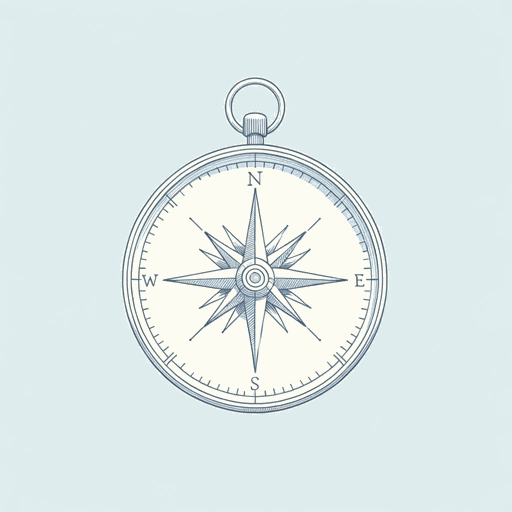55 pages • 1 hour read
Christina SoontornvatThe Last Mapmaker
Fiction | Novel | Middle Grade | Published in 2022A modern alternative to SparkNotes and CliffsNotes, SuperSummary offers high-quality Study Guides with detailed chapter summaries and analysis of major themes, characters, and more.
Background
Literary Context: The Hero’s Journey Archetype
The Last Mapmaker is powerfully shaped by symbolism, especially through its use of archetypes. Literary archetypes are characters, situations, or narrative structures that embody universal patterns of human nature. The term comes from the work of psychologist Carl Jung, who believed these patterns to be part of humanity’s collective unconscious. Within this context, the Hero’s Journey is a story template that is itself an archetype; it also comprises many smaller archetypes within its paradigm. In a thorough and accessible summary of the hero’s journey, Alex Cabal defines the Hero’s Journey as follows:
The Hero’s Journey is a universal story structure that follows the personal metamorphosis and psychological development of a protagonist on a heroic adventure. The protagonist goes through a series of stages to overcome adversity and complete a quest to attain an ultimate reward—whether that’s something tangible, like the holy grail, or something internal, like self- confidence (Cabal, Alex. “The Hero’s Journey Ultimate Writing Guide with Examples.” Scribophile).
In The Hero with a Thousand Faces (1949), Joseph Campbell popularized contemporary studies of the Hero’s Journey, which he calls the “monomyth.” His work is also strongly influenced by Carl Jung’s theories.
Related Titles
By Christina Soontornvat
Featured Collections
Action & Adventure
View Collection
Asian American & Pacific Islander...
View Collection
Class
View Collection
Class
View Collection
Colonialism & Postcolonialism
View Collection
Coming-of-Age Journeys
View Collection
Fathers
View Collection
Nation & Nationalism
View Collection
Newbery Medal & Honor Books
View Collection
The Best of "Best Book" Lists
View Collection
Truth & Lies
View Collection



